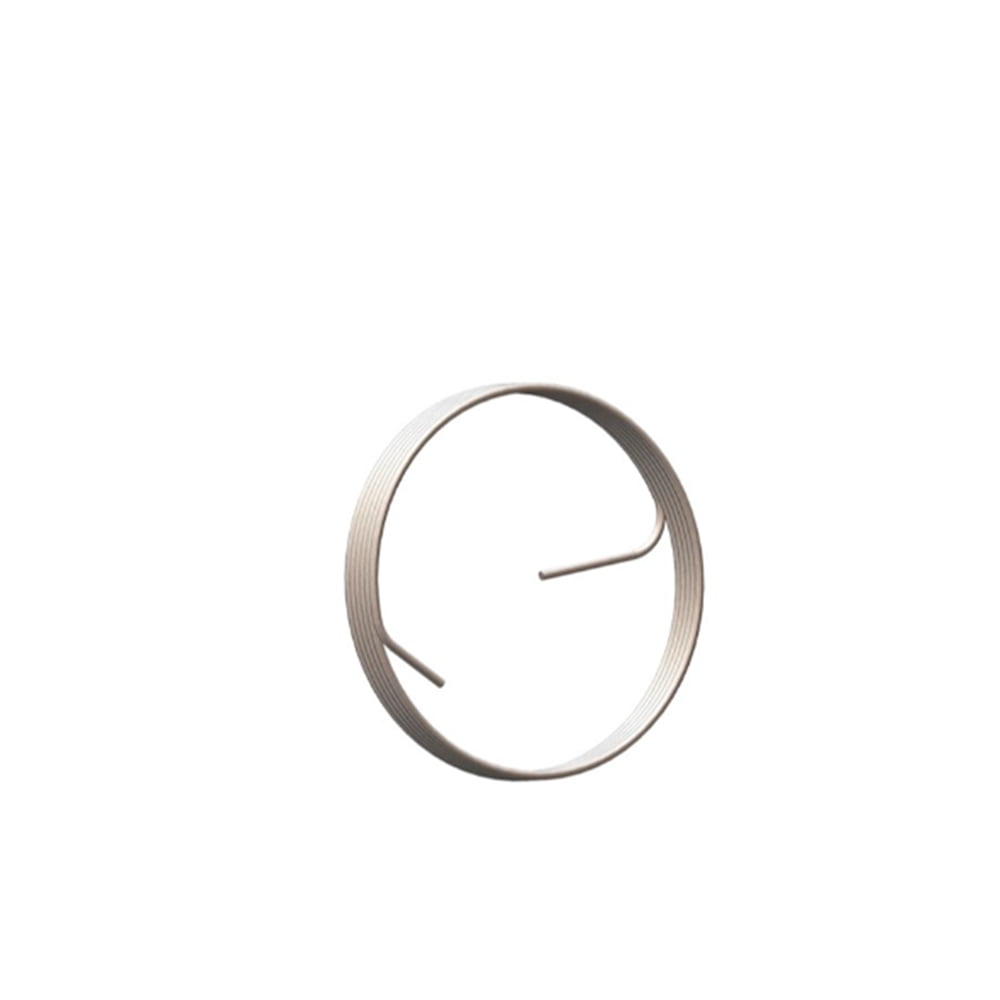Описание
Robot waterjet: Coil Tube
Item number: 305721
Подробностьs: used on the ABB IRB 2600 Axis 1
Related robot waterjet parts:
FAQ of platform waterjet machine & robotic waterjet system:
What is the cutting field of robot waterjet cutting?
Robot waterjet cutting is a versatile and precise cutting process that uses a high-pressure stream of water mixed with abrasive particles to cut through a variety of materials. The cutting field of robot waterjet cutting can vary depending on the specific robot and waterjet cutting system being used, but generally it can cut through materials such as metals, plastics, composites, ceramics, stone, and glass, among others.
Robot waterjet cutting is often used in industries such as aerospace, automotive, architecture, and manufacturing, where precision cutting is required for complex geometries. It can also be used for cutting materials that are sensitive to high temperatures or that would be difficult to cut with traditional cutting methods.
Is water jet cutting sustainable?
Water jet cutting has some sustainable advantages over other cutting methods. Here are some reasons why:
- Material efficiency: Water jet cutting is a precise cutting method that generates little waste. The narrow kerf width of the water jet means that less material is lost to cutting, resulting in less waste and material usage.
- Energy efficiency: Unlike other cutting methods that use heat or fire, water jet cutting does not require a significant amount of energy. This means that it is more energy-efficient and has a lower carbon footprint than other cutting methods.
- Use of recycled water: Water jet cutting uses water as the cutting medium, and this water can be recycled. This reduces the overall water usage and lowers the amount of water waste generated from the cutting process.
- No hazardous waste: Water jet cutting does not use any hazardous chemicals or produce any hazardous waste, making it a safer and more sustainable alternative to other cutting methods.
Overall, water jet cutting is a sustainable cutting method that offers many advantages over other cutting methods. It is an environmentally friendly option that can help reduce waste and energy usage while producing high-quality cuts with minimal impact on the environment.







